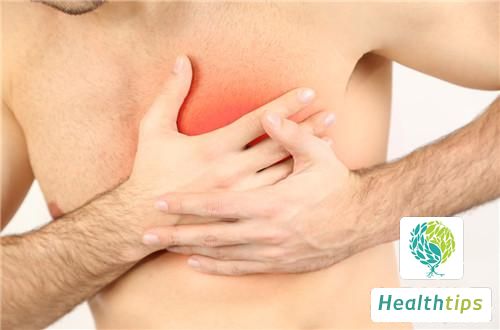How to Fix Loose Teeth?
If we regularly consume hard foods, it can cause some damage to our teeth. If tooth loosening occurs, it may recover spontaneously in minor cases, but in more severe cases, it can lead to tooth loss. When tooth loosening is evident, it is necessary to seek treatment or repair at a dental hospital. So, how do we repair loose teeth? Tooth loosening refers to a condition where the degree of tooth loosening exceeds the normal physiological range. In a healthy state, teeth have a certain degree of mobility, mainly in the horizontal direction, and very minimal in the vertical direction, not exceeding 0.02mm, which is not easily noticeable. When the degree of tooth mobility exceeds this range due to certain disease factors or other factors, it is referred to as tooth loosening.

Tooth loosening can occur acutely or progress slowly over time, and it can be accompanied by tooth pain or discomfort, or it may not be accompanied. The main impact on individuals is a sense of weakness or discomfort when chewing food. Depending on the degree of tooth loosening, it can be clinically classified into three grades: Grade I to Grade III. Grade I tooth loosening refers to a mobility of less than 1mm in the buccolingual direction (lateral direction) with no mobility in other directions. Grade II tooth loosening has two scenarios: one is a mobility of 1-2mm in the buccolingual direction, and the other is a mobility in both the buccolingual and mesiodistal directions (left and right directions). Grade III tooth loosening also has two scenarios: one is a mobility exceeding 2mm in the buccolingual direction, and the other is a mobility in the buccolingual, mesiodistal, and vertical directions. From Grade I to Grade III, the degree of tooth loosening becomes increasingly severe, having a greater impact on patients' lives. Generally, the possibility of tooth loss or the need for extraction also increases.
The prevention of tooth loosening is mainly targeted at the relevant causes. Maintaining oral hygiene, regular oral exams, and oral cleaning are very important measures to prevent oral diseases. Absorption and shortening of the tooth root itself: 1. Children experience the absorption of primary tooth roots before the replacement of primary teeth with permanent teeth. When this reaches a certain degree, tooth loosening may occur. In such cases, there is usually no pain or discomfort associated with the tooth loosening. 2. Absorption of the tooth root due to other diseases. For example, teeth that have been traumatized for a long time or teeth that have undergone root canal treatment may experience absorption of the tooth root. Long-term pressure from masses below the tooth root can also cause absorption. Therefore, it is advisable to seek medical attention as soon as possible to identify the underlying cause.



















